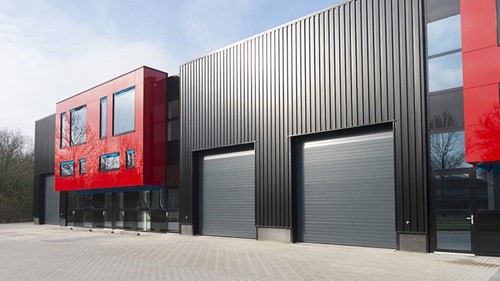Navigating office transactions in a COVID world
Australia appears to be heading in the right direction out of the COVID crisis, but there remains more questions than answers for commercial property investors.
Next week marks the one-year anniversary of COVID-19's unwelcome arrival in Australia. It is edifying to look back on the year and reflect on how much things have changed, and incredibly, how we've adapted to a new way of living.
While recent news of a vaccine is a cause for optimism and a promising sign that the end may be in sight, many recognise that - even if we eliminate the virus (which is unlikely) - the aftermath of the economic, social and health ramifications of the COVID-19 pandemic will remain for many years to come.
Among the greatest changes driven by the virus has been in the way we work, particularly in an office environment. At the end of last year, the Property Council of Australia reported Sydney's CBD office occupancy was at 45 per cent, less than half of its pre-COVID occupancy numbers.
While Australia's successful management of the virus has meant some businesses have returned to the office, many organisations remain in a state of flux, trying to determine when and how to return safely. Others are contemplating whether to return at all. So, what does all this mean for office investment in Australia?
More questions than answers for commercial investors
A whole year into the pandemic and investors are still grappling with what all this means for the long-term outlook for office.
Among those questions that remain top of mind are concerns such as: How do investors evaluate risk in a market where there is no certainty about when and how the health crisis will end? How many businesses will contract? By how much? How many will disappear entirely? What proportion of companies will change the way they work forever, versus those that will quickly revert to pre-COVID-19 habits?
Through uncertainty comes opportunity
Over the past year, we've seen a dramatic increase in sublease space which jumped more than 30 per cent nationally in the third quarter of 2020.
There has also been a reluctance from tenants to make long-term decisions in an environment of uncertainty, and landlords focused on shoring up cash flow and covenant strength.
These factors point towards further softening of effective net rents in the office sector and enhanced bargaining power for tenants, which will translate to softening to capital values. We are already seeing the early signs, including:
- A growing number of "select off-market" processes where vendors invite pre-qualified purchasers to bid on assets in a closed environment. These processes are generally run quietly and without formal marketing to allow the vendor a swift (and silent) exit if target pricing cannot be reached.
- Purchasers are often inserting "COVID Clauses" into offers addressing the rental income which is currently in limbo as landlords and tenants work through the rental relief framework. Effectively, in these scenarios, the vendor "tops up" any COVID related rent relief for a designated period.
- Some purchasers are requesting an escrow at settlement encompassing all income (not just income that is deemed to be "at risk") over an agreed period, whereby the vendor guarantees a minimum net yield to give purchasers cashflow comfort for a defined period.
- Secondary assets are seeing higher rates of rental delinquency and we expect to see a flight to quality as rents become more affordable and tenants seek to "trade up". We see this movement in every cycle. This spells bad news for B and C grade offices in the medium term.
- Assets which would have expected to trade above book value prior to the pandemic are now seeking current book value as the target sale price.
Looking forward with (cautious) optimism
While we do not yet have answers for all of the questions that are raised by the pandemic, we believe the disruption driven by this health crisis will deliver opportunities for patient investors who focus on real estate fundamentals to guide investment decision making.
Pricing should take into consideration the changes to the leasing market dynamics and the potential impacts on cap rates and discount rates. While cap rates and discount rates have remained relatively steady, there is a risk of movement dependent on the outlook for the risk free rate and the risk premium to reflect the uncertainty in the office sector. It is expected investors will favour lower risk assets in a volatile environment, which may lead to a greater spread between prime and secondary office assets.
In the next 12 months, there will likely be a further decline in national office market values due to softening in leasing fundamentals, all else being equal. However, as in all volatile markets, this will provide opportunities for those seeking medium to long term outcomes on assets with strong underlying fundamentals with the ability for value creation.




















